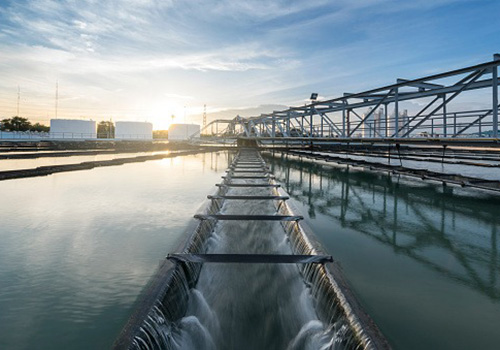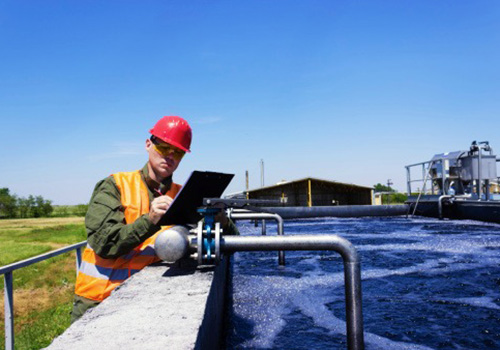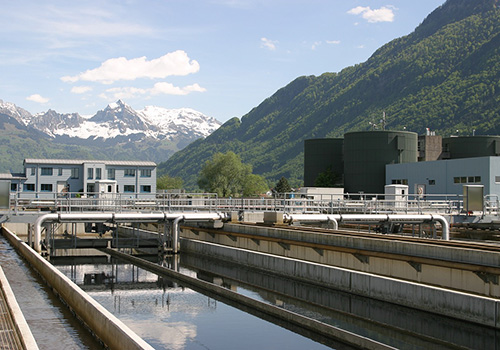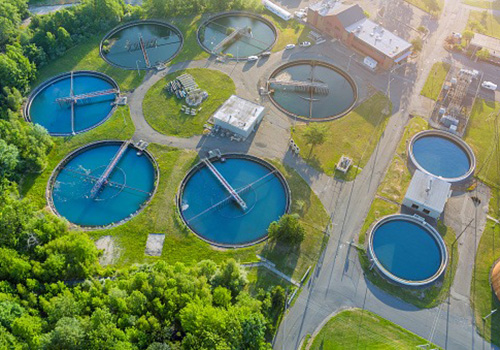INDIA WATER AND WASTEWATER TREATMENT MARKET
India’s water demand is expected to be twice the available supply by 2030, implying severe water scarcity for millions of people. A 2020 World Wide Fund for Nature (WWF) report forecasts 30 Indian cities to face a “grave water risk” by 2050 due to population growth.
The Indian water and wastewater treatment market is growing and gaining widespread attention. The World Bank commented that India could comfortably achieve 7.5% gross domestic product (GDP) growth every year, but not 8.0% unless it implements effective water management strategies.
Government agencies are implementing regulatory and funding mechanisms to open up the water and wastewater treatment market for private investments. It is an opportune time for market participants to achieve significant growth as the industry shifts toward deriving more project value-based outcomes (total cost of ownership) and utilizing government expenditure efficiently.
Robust governmental initiatives, such as the Atal Mission for Rejuvenation and Urban Transformation, National Mission for Clean Ganga, Jal Jeevan Mission, and Community Drinking Water Schemes, contribute to the growth of the Indian water and wastewater treatment market.
India’s total utilizable water resource is pegged at 1,123 billion cubic meters (BCM). In 2017, it was reported that approximately 946 BCM were consumed across all sectors, including agriculture (91.0%), industrial (2.0%), and domestic (7.0%). According to a 2019 NITI Aayog report on Water Management Index, India is facing the worst water crisis in its history.
In a conservative scenario, India’s water demand would grow to 1,100 BCM by 2025, assuming a population growth rate of 1.2% and an annual GDP growth rate of 7.0%. Compared to the estimated availability of 1,123 BCM of water, these projections for water demand indicate an overall net marginal positive balance of only 23 BCM of water by 2025.
However, given uneven water distribution, the country is likely to face water scarcity. The water balance figure is estimated to be negative by 2027, reaching a negative 277 BCM by 2050.
India needs to take adequate measures now to curb potential water scarcity. This urgency is expected to drive significant growth for the country’s water and wastewater treatment market.



